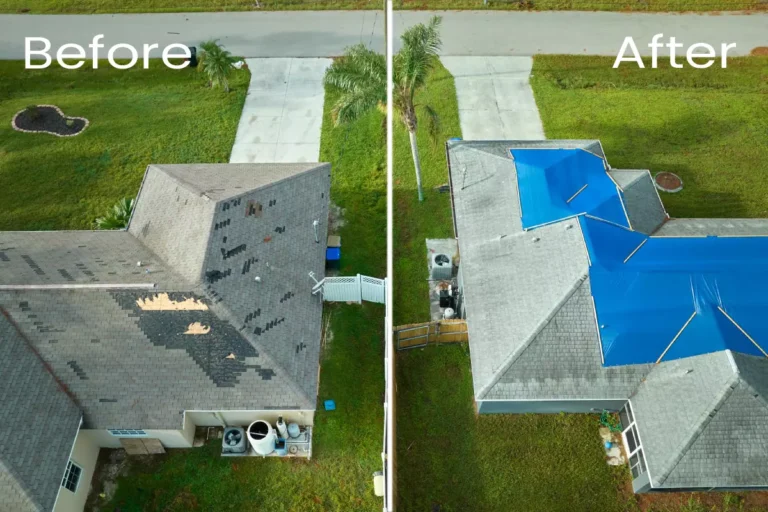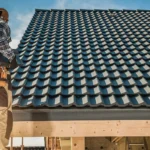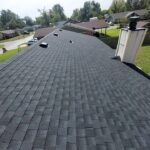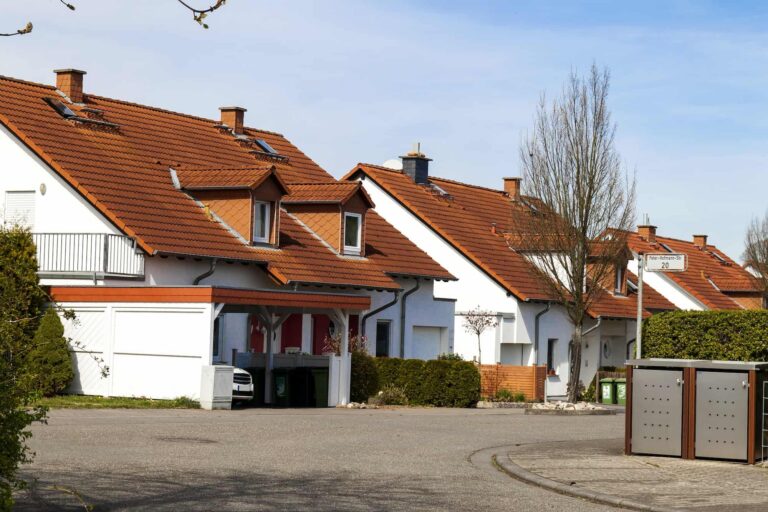Your roof isn’t just a protective shield — it plays a major role in your home’s aesthetics, energy efficiency, and overall value. With so many materials available, choosing the right one can feel overwhelming. This guide breaks down the most popular roofing options and helps you make the best choice for your home and budget.
1. Asphalt Shingles
Best for: Budget-conscious homeowners
Pros:
- Affordable and widely available
- Easy to install and repair
- Comes in a variety of colors and styles
Cons:
- Shorter lifespan (15–30 years)
- Not ideal for extreme weather conditions
2. Metal Roofing
Best for: Modern homes, areas with heavy snow or rain
Pros:
- Long-lasting (40–70 years)
- Fire-resistant and lightweight
- Reflects heat, improving energy efficiency
Cons:
- Higher upfront cost
- Noisier during heavy rain without insulation
3. Clay or Concrete Tiles
Best for: Mediterranean, Spanish, or southwestern-style homes
Pros:
- Extremely durable (50+ years)
- Fire-resistant and low maintenance
- Excellent in hot climates
Cons:
- Heavy — may need extra structural support
- Expensive to install
4. Slate Roofing
Best for: Historic or high-end homes
Pros:
- Elegant and natural appearance
- Can last 75–100+ years
- Fire and weather-resistant
Cons:
- Very expensive
- Heavy and difficult to install
5. Wood Shingles or Shakes
Best for: Rustic or traditional homes
Pros:
- Beautiful, natural look
- Good insulation properties
Cons:
- High maintenance
- Prone to fire unless treated
- Shorter lifespan in wet climates
6. Synthetic Roofing (Rubber, Plastic, Composite)
Best for: Homeowners wanting durability with lower cost
Pros:
- Mimics natural materials (slate, wood)
- Lightweight and affordable
- Resistant to cracking and fading
Cons:
- Newer on the market — long-term performance still being evaluated
Key Factors to Consider When Choosing Roofing Material:
- Climate: Choose materials suited for your area’s weather conditions.
- Budget: Consider both upfront costs and long-term value.
- Home Design: Match the roof style with your home’s architecture.
- Durability & Maintenance: Know how long the material lasts and how much upkeep it requires.
- Local Building Codes: Always check with your city or HOA before making a decision.
Final Thoughts
Investing in the right roofing material means more than just covering your house — it’s about protecting your investment, improving energy efficiency, and enhancing curb appeal. When in doubt, consult a roofing professional to help match your needs with the best option.












